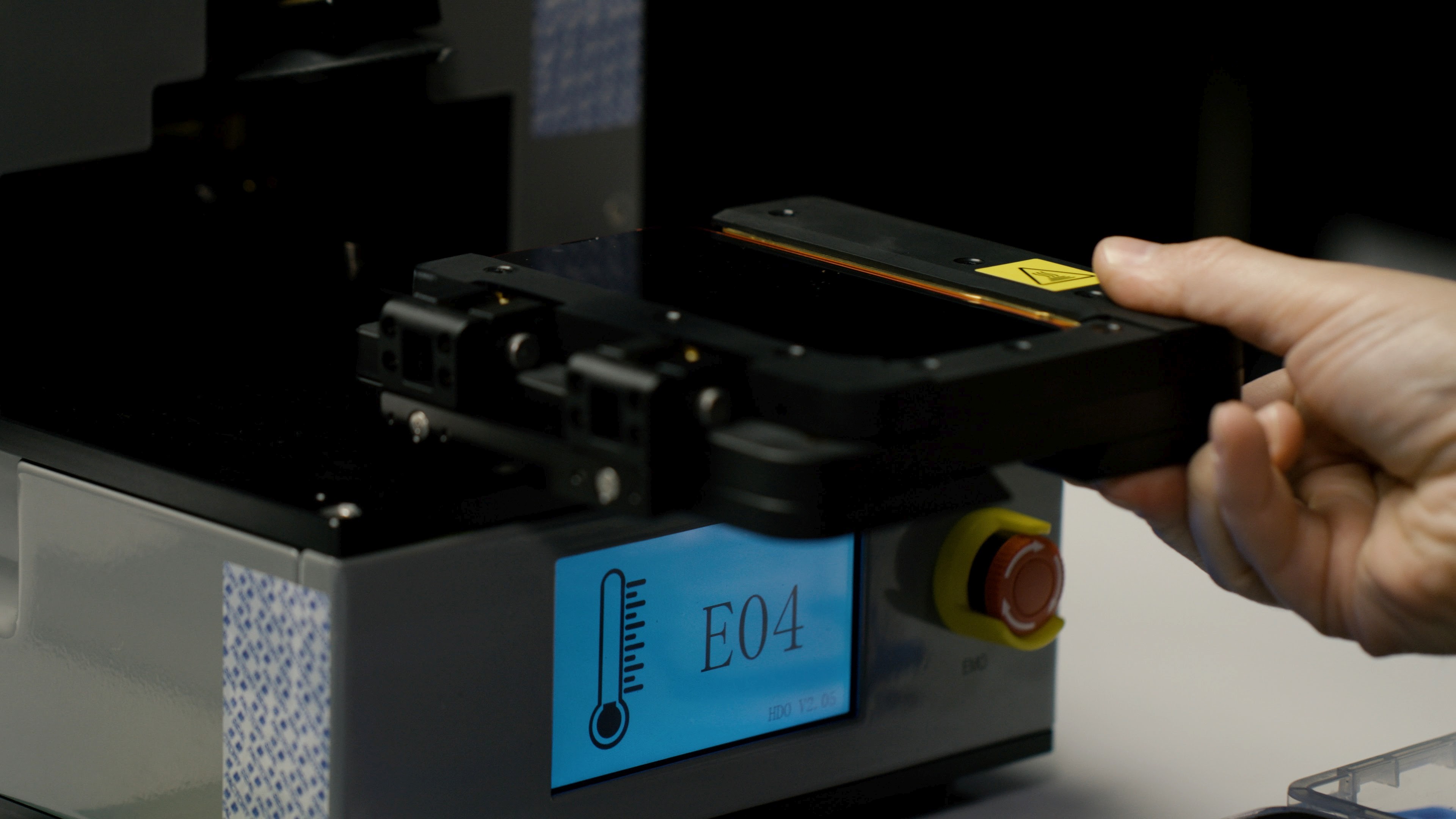/cdn.vox-cdn.com/uploads/chorus_image/image/70894913/sean_hollister_20220510_125041.0.jpg)
Tech is not designed to be repaired, only replaced though Apple now has a Self-Service policy in place to allow US customers fix broken screens, batteries, and cameras on the latest iPhones using Apple’s own parts and tools for the first time ever. In responding to Sean Hollister's request to replace a battery in his iPhone mini, a 79 lb two package set comes to Sean's door enabling him to do the deed on a svelt device one puts in a pocket to remain connected to the world. The process to replace said battery channels Rube Goldberg to the max.
Step one of opening an iPhone is, basically, using a hefty machine to suck the screen off the top. Here, I wasn’t microwaving a jelly-filled sock to loosen the Apple goop holding my screen down! Apple lets you rent an industrial-grade heat station that looks like a piece of lab equipment, right down to the big red safety dial you twist to release the emergency-off button and the suction-cup-tipped mechanical lifting arm. It looks pretty cool.

Hot pocket! Photo by Thomas Blythe / The Verge
I slip my phone in a perfectly sized “heating pocket” that clamps a ring of copper around the iPhone’s band to evenly distribute the heat and melt the seal around the screen, realize in horror that I’ve invited the “Hot Pockets!” jingle to live in my head rent-free, then spin a dial to raise the arm that separates the iPhone’s screen from its body.
Or, that’s how it’s supposed to work, anyhow. The heating machine threw an error code partway through my first attempt, and Apple’s manual didn’t explain what to do if that happens after you’ve stuck your phone inside. So I wound up heating it twice in a row. And yet, that still wasn’t quite enough for my screen to “immediately” pop up when the suction cup arm began to lift the glass. The manual did cover that situation, making me spin a second hidden knob to put more pressure on the suction cup, but I started freaking out when I saw what looked like cracks spider across the screen. (It turned out it was just suction cup residue.)
The adventure continues to where the guts of the phone are finally revealed to enable replacing the iPhone Mini's battery.
:no_upscale()/cdn.vox-cdn.com/uploads/chorus_asset/file/23552350/PXL_20220510_212702984.jpg)
Still photos don’t do it justice — particularly not mine. Photo by Sean Hollister / The Verge
Sean does the deed ...
But I wasn’t done yet. The single most frustrating part of this process, after using Apple’s genuine parts and Apple’s genuine tools, was that my iPhone didn’t recognize the genuine battery as genuine. “Unknown Part,” flashed a warning. Apparently, that’s the case for almost all of these parts: you’re expected to dial up Apple’s third-party logistics company after the repair so they can validate the part for you. That’s a process that involves having an entirely separate computer and a Wi-Fi connection since you have to reboot your iPhone into diagnostics mode and give the company remote control. Which, of course, defeats a bunch of the reasons you’d repair your own device at home!
And, if I’m telling you the truth, the second most frustrating part didn’t occur during the repair either. If it were just me, I’d have aborted the entire process before Apple ever shipped 79 pounds of equipment to my home.
I rest my case.
Addendum ...
Yeah, none of that surprised me. What surprised me was the price tag.
- $69 for a new battery — the same price the Apple Store charges for a battery replacement, except here I get to do all the work and assume all the risk.
- $49 to rent Apple’s tools for a week, more than wiping out any refund I might get for returning the old used part.
- A $1,200 credit card hold for the toolkit, which I would forfeit if the tools weren’t returned within seven days of delivery.
Read Sean's article in its entirety to see how designed to be replaced
is the mantra of digital tech circa 2022. :)

:no_upscale()/cdn.vox-cdn.com/uploads/chorus_asset/file/23552350/PXL_20220510_212702984.jpg)

/cdn.vox-cdn.com/uploads/chorus_image/image/70894913/sean_hollister_20220510_125041.0.jpg)


No comments:
Post a Comment